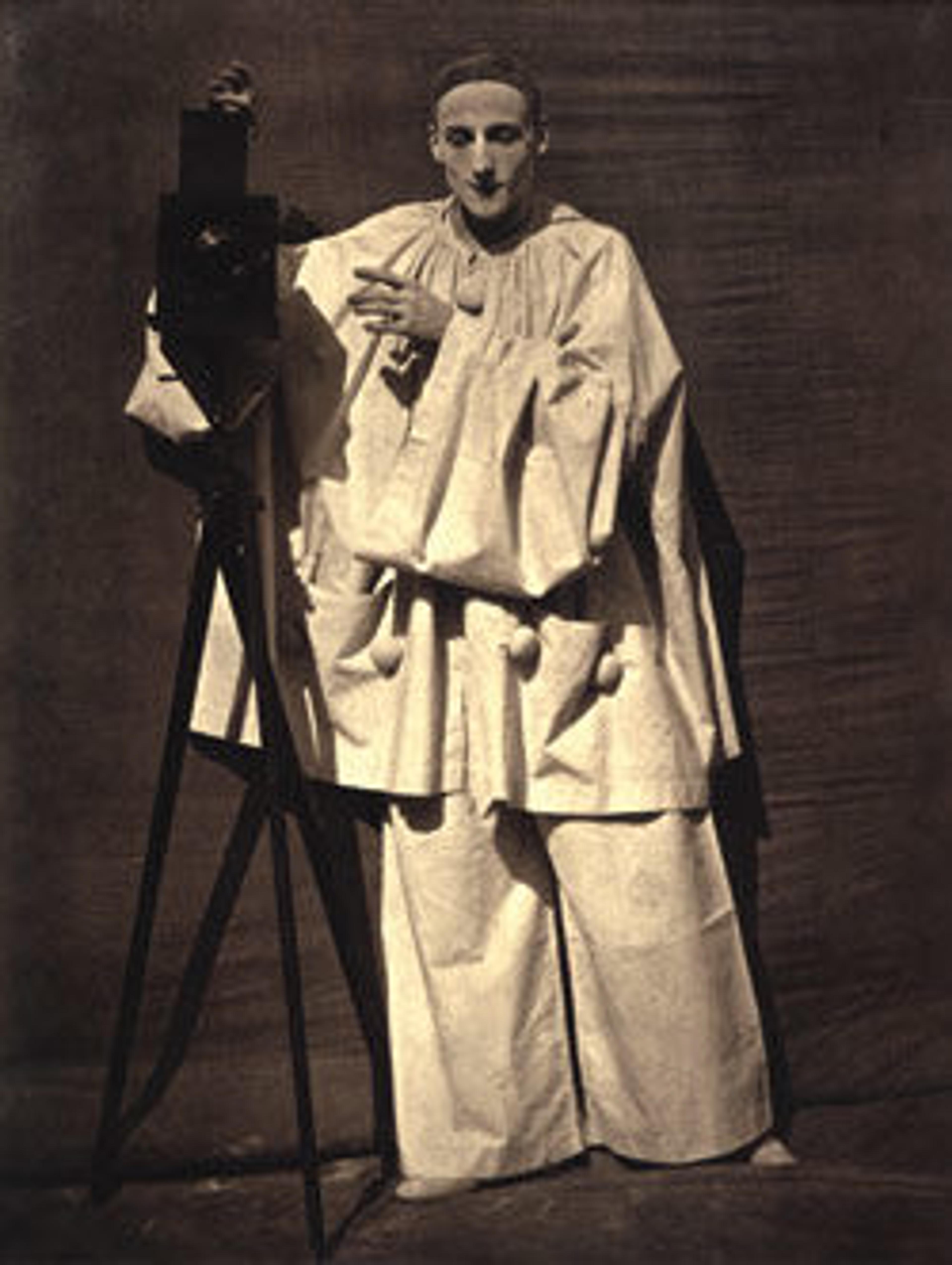Eugène Pelletan
A few years before he took this photograph, Nadar wrote a thumbnail biography of the combative man it lionizes: "The number one French critic . . . who is at the same time a poet, a man of style, and a man with heart. . . . I have read critical articles by M. Pelletan . . . that moved me as much as a passage from Sand and interested me as much as a novel by Balzac."
Artwork Details
- Title:Eugène Pelletan
- Artist:Nadar (French, Paris 1820–1910 Paris)
- Date:1855–59
- Medium:Salted paper print from glass negative
- Dimensions:23.5 x 17.6 cm (9 1/4 x 6 15/16 in.)
- Classification:Photographs
- Credit Line:Purchase, The Howard Gilman Foundation Gift and Rogers Fund, 1991
- Object Number:1991.1198
- Curatorial Department: Photographs
More Artwork
Research Resources
The Met provides unparalleled resources for research and welcomes an international community of students and scholars. The Met's Open Access API is where creators and researchers can connect to the The Met collection. Open Access data and public domain images are available for unrestricted commercial and noncommercial use without permission or fee.
To request images under copyright and other restrictions, please use this Image Request form.
Feedback
We continue to research and examine historical and cultural context for objects in The Met collection. If you have comments or questions about this object record, please contact us using the form below. The Museum looks forward to receiving your comments.
